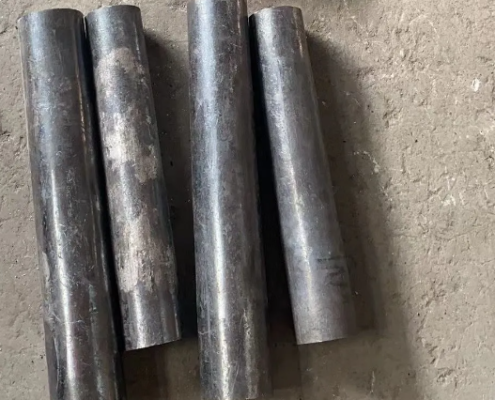What kind of welding wire is used for inconel600?
In this article we will take a closer look at the material characteristics and what wire is used to weld inconel600. Like all nickel alloys, inconel600 has excellent corrosion resistance and a range of other chemical properties that make it suitable for the harshest and most demanding environments. Due to inconel600’s excellent properties, ease of fabrication, and wide range of forms, it plays an important role in many different industries and applications.

Application areas for inconel600 high-temperature alloy are rotating and stationary parts for highly stressed gas turbines and rocket engines, high-pressure bolts, springs and fasteners, nuclear reactor and spacecraft components, extrusion or shearing (e.g. copper), it is also used in very important applications such as pump shafts used in offshore and marine engineering, other highly stressed wellhead equipment and oil well equipment. inconel600 The standard product forms of the high-temperature alloy include sheet, bar, plate, round bar, flat bar, forged buttstock, hexagonal, and wire in sizes that each have a variety of uses, which means that it has a variety of uses, and is also easy to fabricate through all of the standard procedures for nickel-based alloys.
inconel600 high-temperature alloy chemical composition:
Carbon (C) ≤ 0.30,
Nickel (Ni) ≥ 63.0,
Silicon (Si) ≤ 0.5,
Sulfur (S) ≤ 0.024.
Iron(Fe) ≤2.5, Manganese(Al) ≤0.5
Manganese(Al) ≤2.0, Copper(Cu) ≤2.5
Copper (Cu) 28.0 ~ 34.0
Physical Properties: Density: 8.9g/cm3.
Melting point: 1300-1350 ℃.
Magnetic properties: None
Finally, each grade of inconel600 high-temperature alloy offers specifications and properties that enable design engineers to select the right material for each job. each grade develops over time, creating new versions that are enhanced or evolved in some way to offer different properties. inconel600 high-temperature alloy is available in both C-type and G-type from a corrosion standpoint. Many of the properties of the HASTELLOY materials, notably resistance to chloride pitting and crevice corrosion, and resistance to abrasion and aqueous corrosion Cobalt alloys perform similarly to STELLITE alloys with lower carbon content from a wear perspective.


